If you’re new to marketing, you might have a skewed perception of it. You might imagine a multimillion-dollar Super Bowl ad or a glowing billboard in Times Square.
Marketing is much more than that. It encompasses a variety of channels, tactics, and formats — and can work for any business at any budget.
The key to getting started is knowing the fundamentals. Here, I’ll walk you through some beginner-friendly marketing channels and how to build your first marketing strategy.
Cost-Effective Marketing Channels
Building Your First Marketing Strategy
Cost-Effective Marketing Channels
If you’re just getting started with marketing, here are a few cost-effective channels to consider:
Content marketing
The entire premise of content marketing is to provide valuable content to your audience. This can be blog posts, videos, podcasts, e-books, and more. Unlike a pop-up ad, this type of marketing isn‘t disruptive. It’s supposed to feel natural, organic, and helpful.
Consider this: you want to market your product, a productivity app. On your blog, you publish articles brimming with tips and tricks for staying productive at work. By providing this type of content, you slowly build awareness around your app.
To take it one step further, you include a sign-up form for a free trial of your app at the top of every article — giving readers a chance to convert into customers.
Content marketing is a long-term investment. But with patience and the right strategy, you can drive brand awareness and nurture customer relationships without significant financial strain.
Email marketing
Email marketing is relatively affordable compared to other marketing channels. Many email service providers offer free plans or tiered pricing to appeal to different budgets. For example, HubSpot’s email marketing software is easy to use, secure, and free.
With email marketing, you‘re reaching people who’ve already expressed an interest in your business. This puts you in a great position to build relationships, promote your products, and share offers. You can also set up trigger emails when someone completes an action, such as making a purchase or downloading a content offer.
Looking to bulk up your email list? Check out this helpful guide.
Social media marketing
These days, consumers expect brands to have an online presence — so if you haven’t already, sign up for a business profile on a few social media sites.
Once you’re up and running, you can begin to share content. Experiment with different types of content until you have a better idea of what gets the most traction. Remember that social media is all about connection, so interact with customers, initiate conversations, and leverage user-generated content. These tactics can help you foster relationships and build loyalty around your brand without spending a dime.
However, if you decide to run paid ads, social media offers incredible reach that can generate immediate results.
Platforms like Facebook, Instagram, Twitter, and LinkedIn provide advanced ad targeting, enabling you to narrow down your audience based on demographics, interests, and behaviors. And with flexible budgeting options, you can allocate your budget strategically and maximize your ROI.
Online advertising
One of the biggest benefits of online advertising is that it’s often cheaper than traditional advertising. Consider TV ads, which cost anywhere from thousands of dollars to even millions.
Now, think of an ad running on social media for $1 a day, and you can see why online advertising is a great option for small businesses.
Online advertising encompasses a few areas, including:
- Display ads: these include banner ads, images, and videos that you can buy on Google Ads.
- Pay-per-click: PPC is an advertising model that falls under search engine marketing. These ads appear at the top of search engine results, and you only pay when people click them.
- Social ads: these are ads that appear on social media platforms like Facebook and Instagram. You set a budget and specify your target audience.
- Remarketing: this involves tagging your website visitors and targeting them with content after they leave your site. Think of an email from an e-commerce store reminding you of your abandoned cart.
Unlike traditional advertising, online ads offer powerful analytics. You don’t have to wonder if an online ad is effective since you can track metrics like impressions, click-through rates, conversion rates, and more.
Search engine optimization (SEO)
The goal of SEO is to boost your website’s presence in search engines like Google. While SEO trends come and go, the key principles stay the same:
- Create and publish valuable content on your website
- Strategically insert keywords in the content
- Improve your website’s page speed
- Offer a great user experience to website visitors
Like content marketing, SEO is a long-term game. But when you consider 95% of search traffic goes to the first page of search results, it becomes a critical strategy for driving traffic and generating leads.
Building Your First Marketing Strategy
You can think of a marketing strategy as a roadmap, helping you make the most of your marketing. Here are the basic principles of a strong marketing strategy:
1. Start with your goals.
Before you can build a marketing strategy, you first need to set clear goals. What does your business want to accomplish? Are you aiming to increase brand awareness? Generate leads? Or enhance customer loyalty?
Goals provide direction and purpose for your entire marketing operation. Plus, they determine the effectiveness of your efforts.
When defining your marketing goals, ensure they align with business objectives. For example, if your main business objective is to build brand awareness, your marketing goal might be to reach X-number of social media followers in the next six months.
Further Reading:
The 9 Goals to Consider When Creating a Marketing Strategy
Free Template: Determine Your SMART Marketing Goals
2. Know your target audience
Who is your customer? What are their challenges or pain points? Are they price sensitive? Do they shop online?
Knowing your audience is key to building effective marketing strategies. The more you know about your audience, the better you can craft compelling messages that respond to their interests, needs, or preferences.
Your target audience will also play a huge role in influencing which marketing channels you decide to leverage. For instance, suppose you sell home security devices and your target audience is adult homeowners. Based on this information, you might pass on Snapchat, where nearly half the user base is under 25.
Further Reading:
Target Audience: How to Find Yours
How to Create Detailed Buyer Personas for Your Business
3. Decide your marketing mix
In a nutshell, marketing is about promoting the right product to the right audience at the right price and time. That’s a tall order.
To nail this balance, you need to define your marketing mix. Your marketing mix consists of four key components (otherwise known as the “Four Ps of Marketing”): Product, Price, Place, and Promotion.
Product
To state the obvious, your product is key to your business. But in order to market it effectively, you need to know what makes it unique. How is your product different from others on the market? What “problems” does it solve? What are the key features? These questions can help you formulate a unique selling proposition.
Price
Landing on the right price for your product can be tricky. Price too high, and customers walk away. Price too low, and you leave money on the table. A good place to start is by looking at your competitors to see how much customers are willing to pay for a similar product. You can also conduct focus groups or surveys to determine the right price.
Place
Where will you sell your product? Ultimately, you need to meet your customers where they are — whether that’s an e-commerce store or a retail location. Consider where your competitors sell their products and how they differentiate themselves.
Promotion
What tactics will you use to reach your target audience? And on which channels? This could be a billboard on a busy road or a promotional email sent to someone’s inbox. The way you promote your product will depend on your budget and target audience. For instance, if your target audience skews younger, you might prioritize paid social ads over, say, television ads.
Further reading
The Ultimate Guide to Pricing Strategies
How to Write a Great Value Proposition [7 Top Examples + Template]
How to Launch a Successful Multichannel Marketing Strategy
4. Monitor the right KPIs
Establish a system for tracking and analyzing the results of your marketing efforts. If you’re running an email marketing campaign, for instance, you might track open rates, click-through rates, and subscribers. These are known as key performance indicators (KPIs).
Your KPIs serve as benchmarks that reflect your progress toward your goals. By tracking them, you can pinpoint which strategies are working and which need improvement.
Further reading
What is a KPI? How To Choose the Best KPIs for Your Business
Marketing Effectiveness: How to Measure It & Present to External Stakeholders
5. Evolve
The marketing landscape is always evolving. Just in the last decade, we‘ve seen the rise of TikTok, artificial intelligence, and smart devices. All this to say, a good marketing strategy is one that’s adaptable. Be open to testing new ideas, experimenting with different tactics, and adapting your strategy.
Further reading
The Top Marketing Trends of 2023 & How They’ve Changed Since 2022 [Data from 1000+ Global Marketers]
5 Marketing Trends That Might Not Survive in 2023 [HubSpot Research]
Back To You
While frustrating, there‘s no “one size fits all” marketing strategy. What works for one business may not work for another. That’s why experimentation is key, especially when you‘re just starting out. Don’t be afraid to test different marketing channels, tactics, and strategies to find what resonates best with your target audience.
![]()

![→ Click here to download our free guide to digital marketing fundamentals [Download Now].](https://i4lead.com/wp-content/uploads/2023/07/0a42501f-0096-4817-9fbc-923540fe37a6.png)
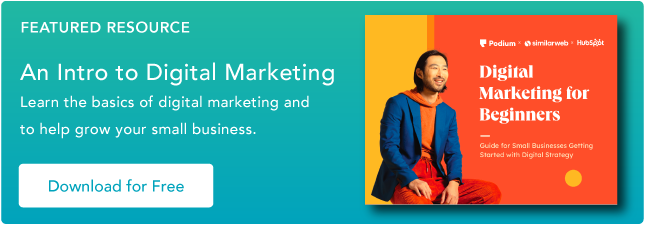

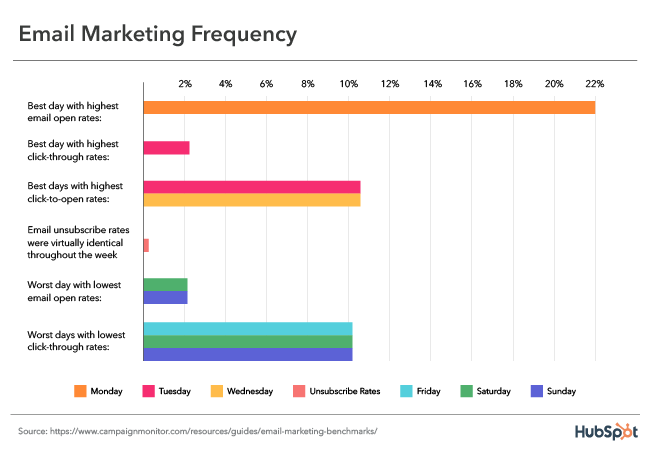
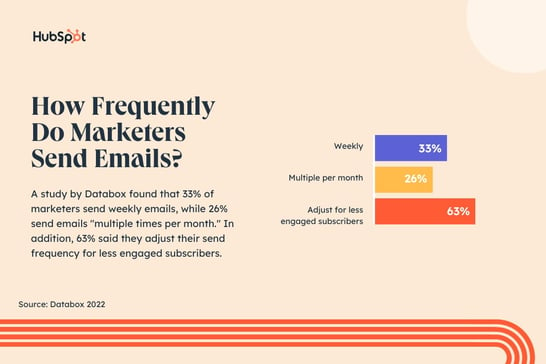 Of course, some marketers send emails more than once a week, while others send less. As you
Of course, some marketers send emails more than once a week, while others send less. As you.jpg?width=543&height=284&name=Copy of Facebook Shared Link - 1200x628 - Percentage Copy - Dark (7).jpg) If you
If you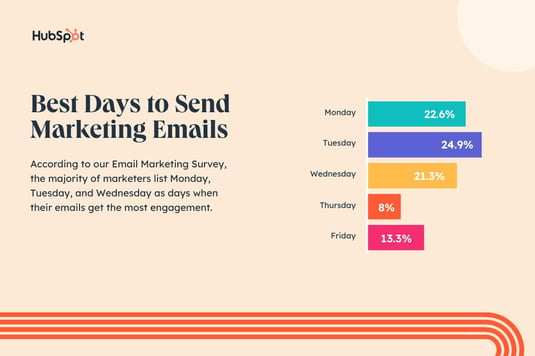 Give your subscribers autonomy.
Give your subscribers autonomy.
![→ Download Now: The Beginner's Guide to Email Marketing [Free Ebook]](https://i4lead.com/wp-content/uploads/2023/07/53e8428a-29a5-4225-a6ea-bca8ef991c19-1.png)



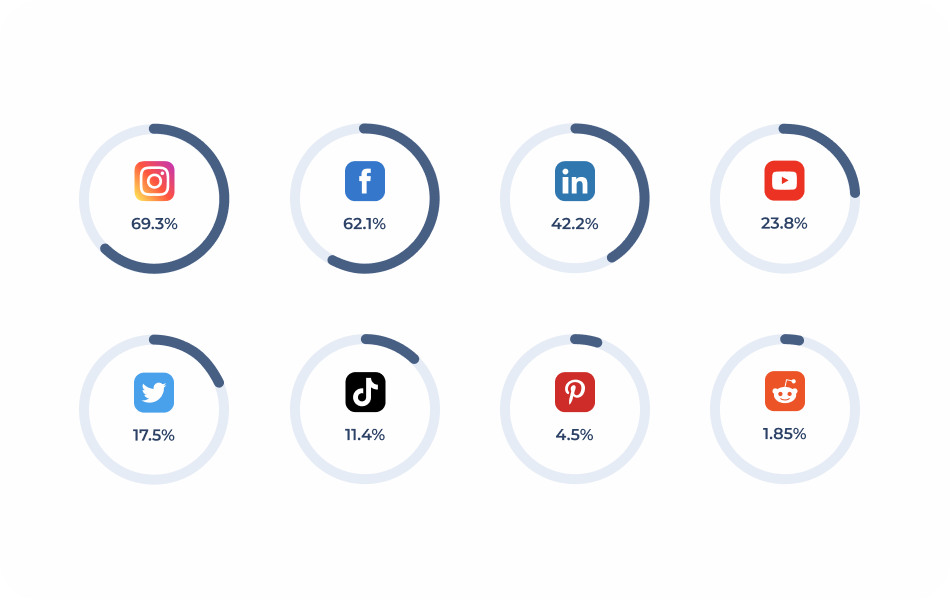
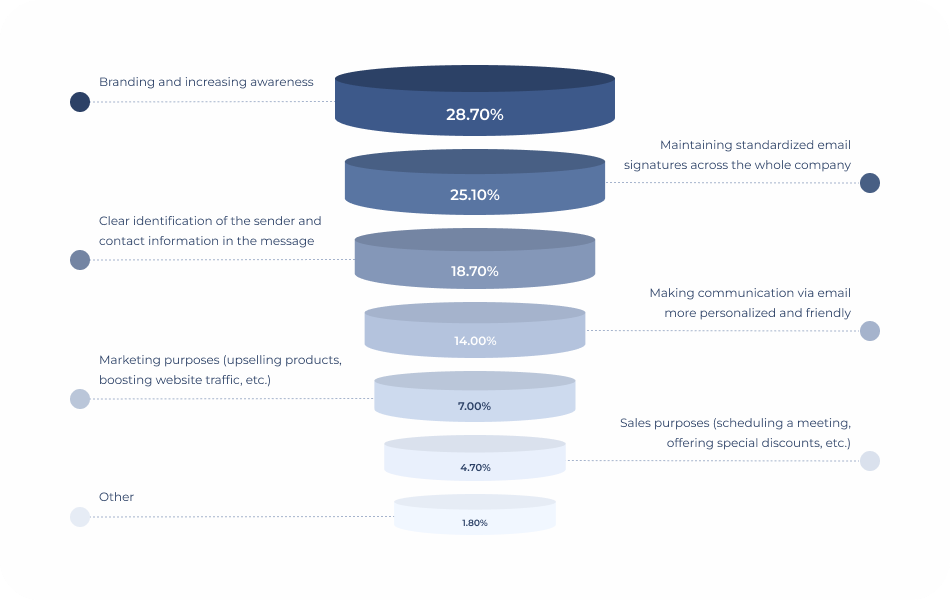
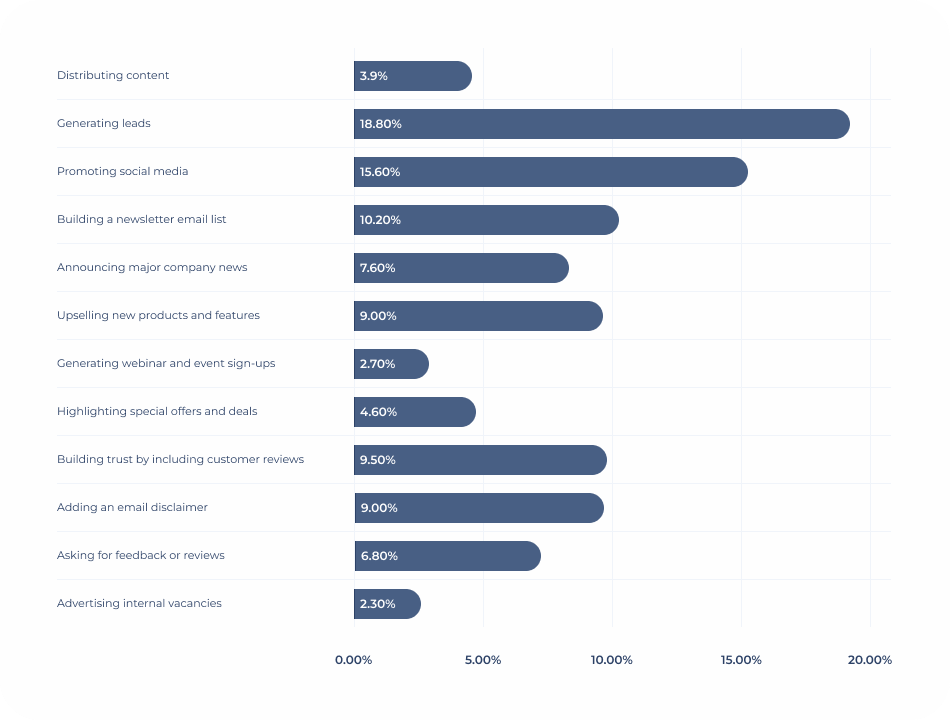
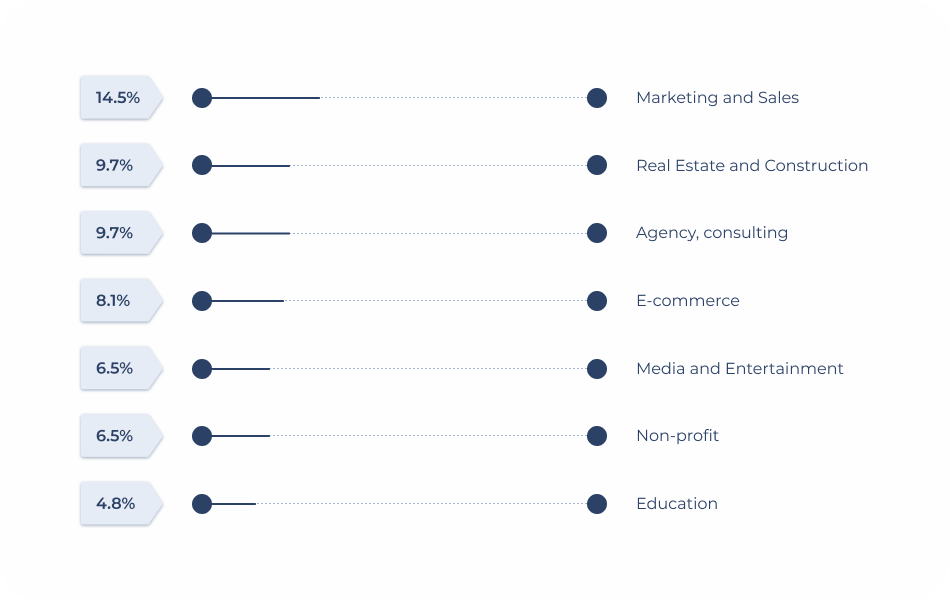
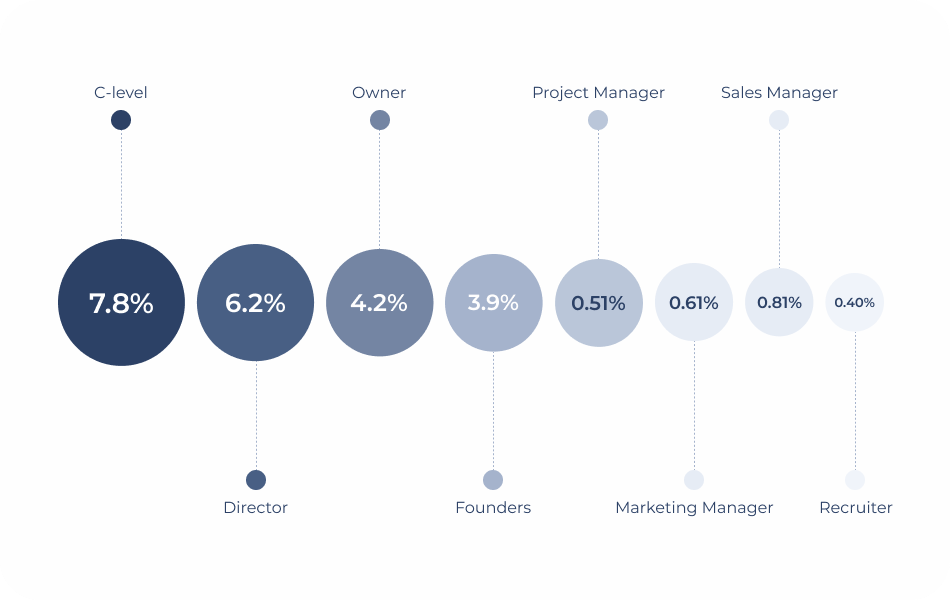
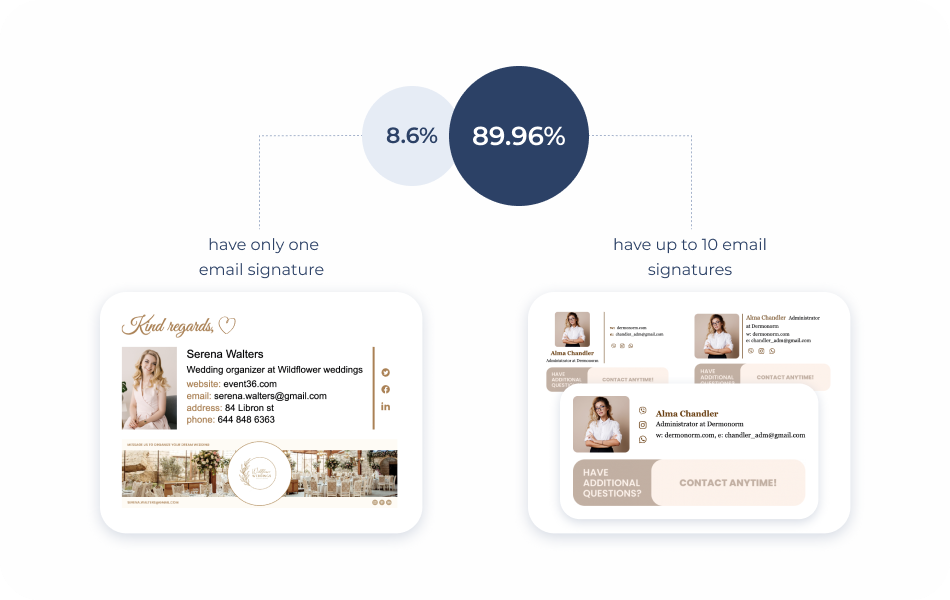

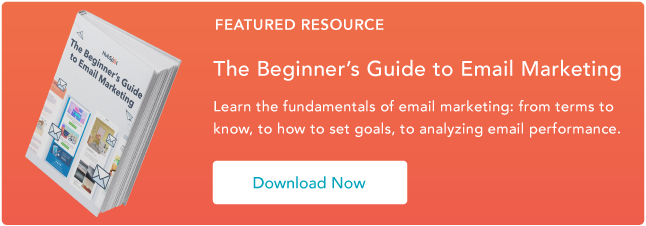
![→ Download Now: 12 Resume Templates [Free Download]](https://i4lead.com/wp-content/uploads/2023/07/4ec95757-585e-40cf-9189-6b3885074e98-1.png)
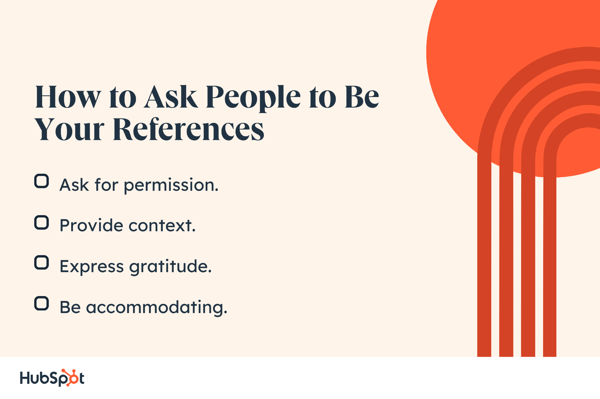
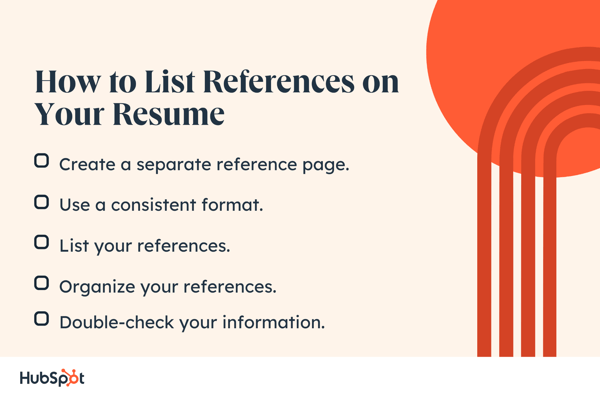
 When it comes to formatting your references, presentation is key. Adhering to best practices will ensure that your reference page appears professional and polished. Here are some essential tips for formatting your references.
When it comes to formatting your references, presentation is key. Adhering to best practices will ensure that your reference page appears professional and polished. Here are some essential tips for formatting your references.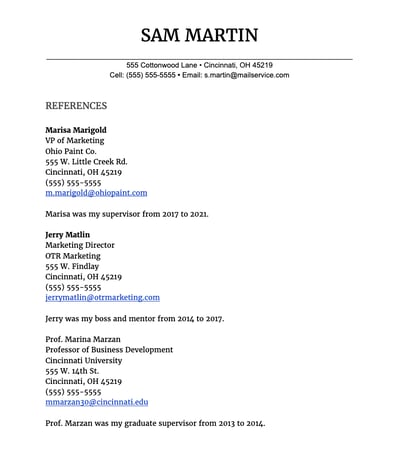
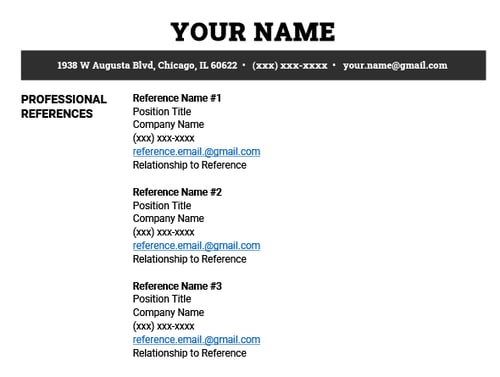


![→ Download Now: The Beginner's Guide to Email Marketing [Free Ebook]](https://i4lead.com/wp-content/uploads/2023/07/53e8428a-29a5-4225-a6ea-bca8ef991c19.png)
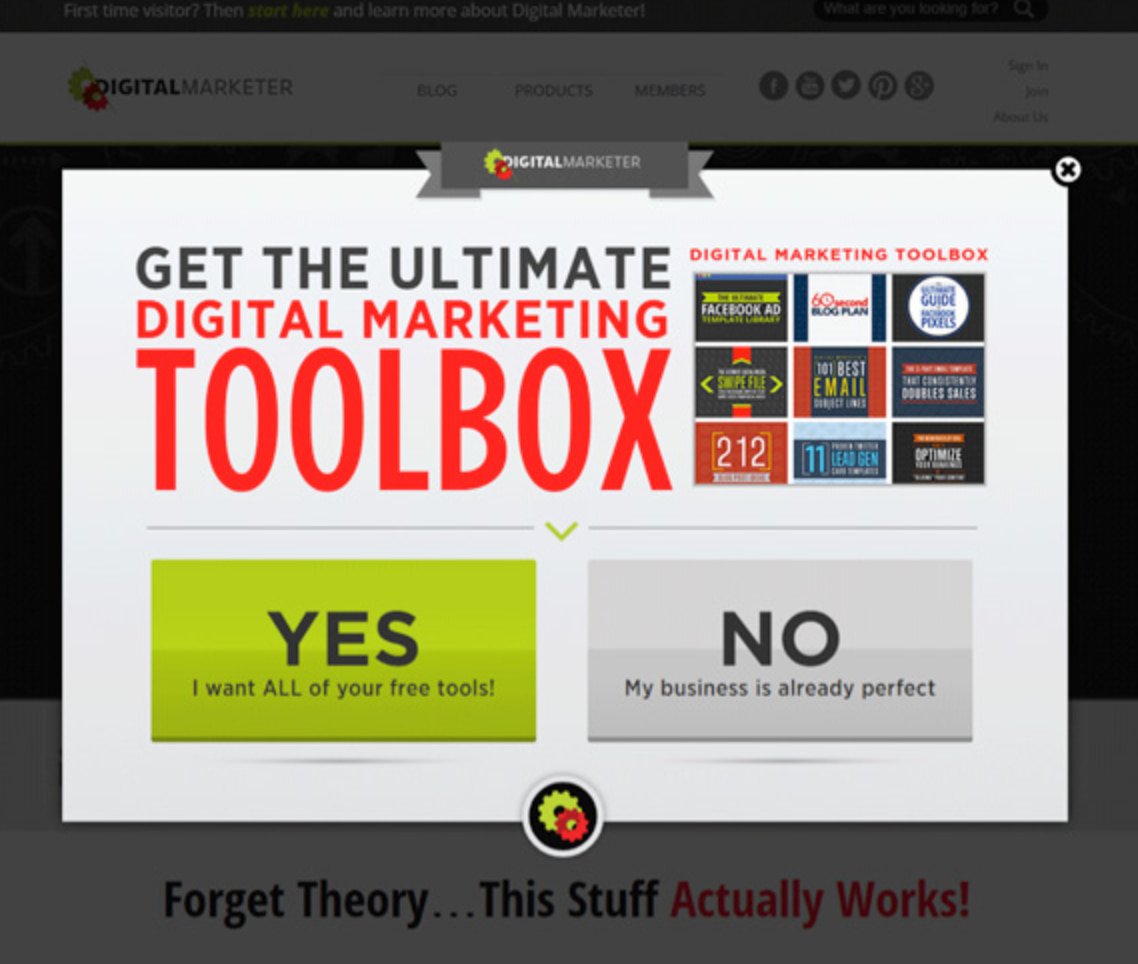
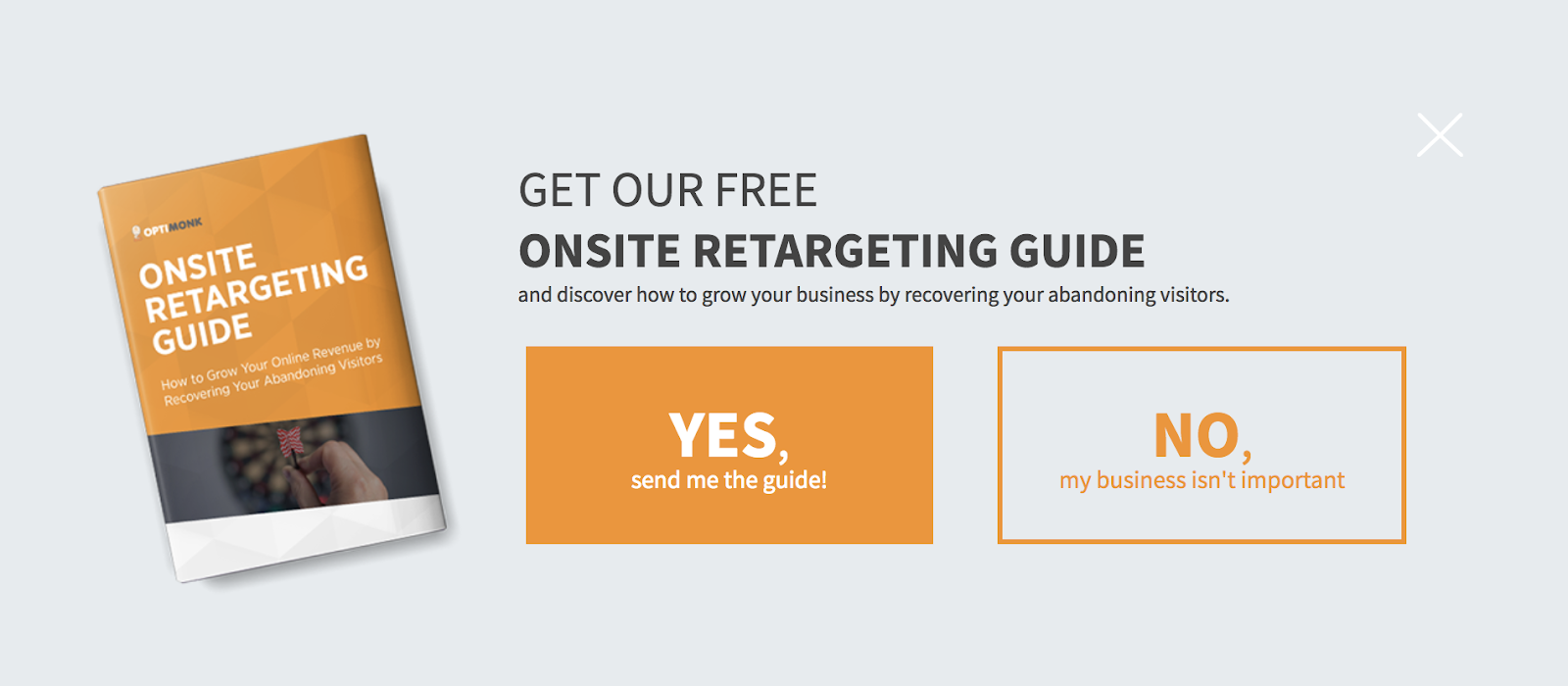
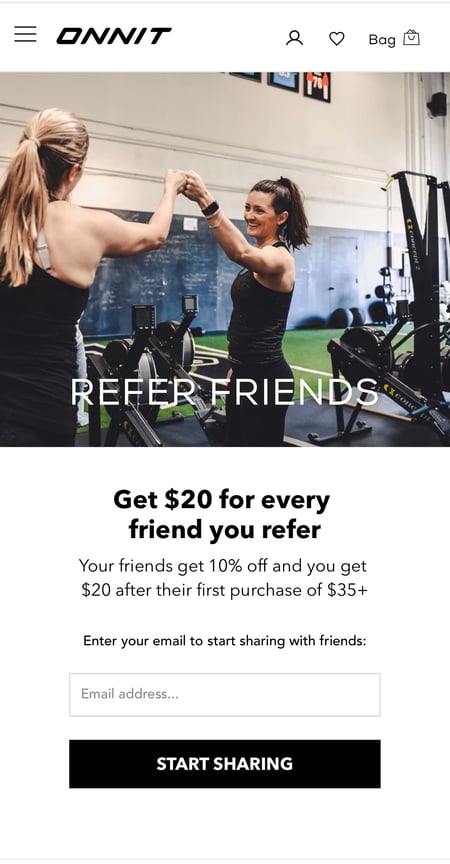
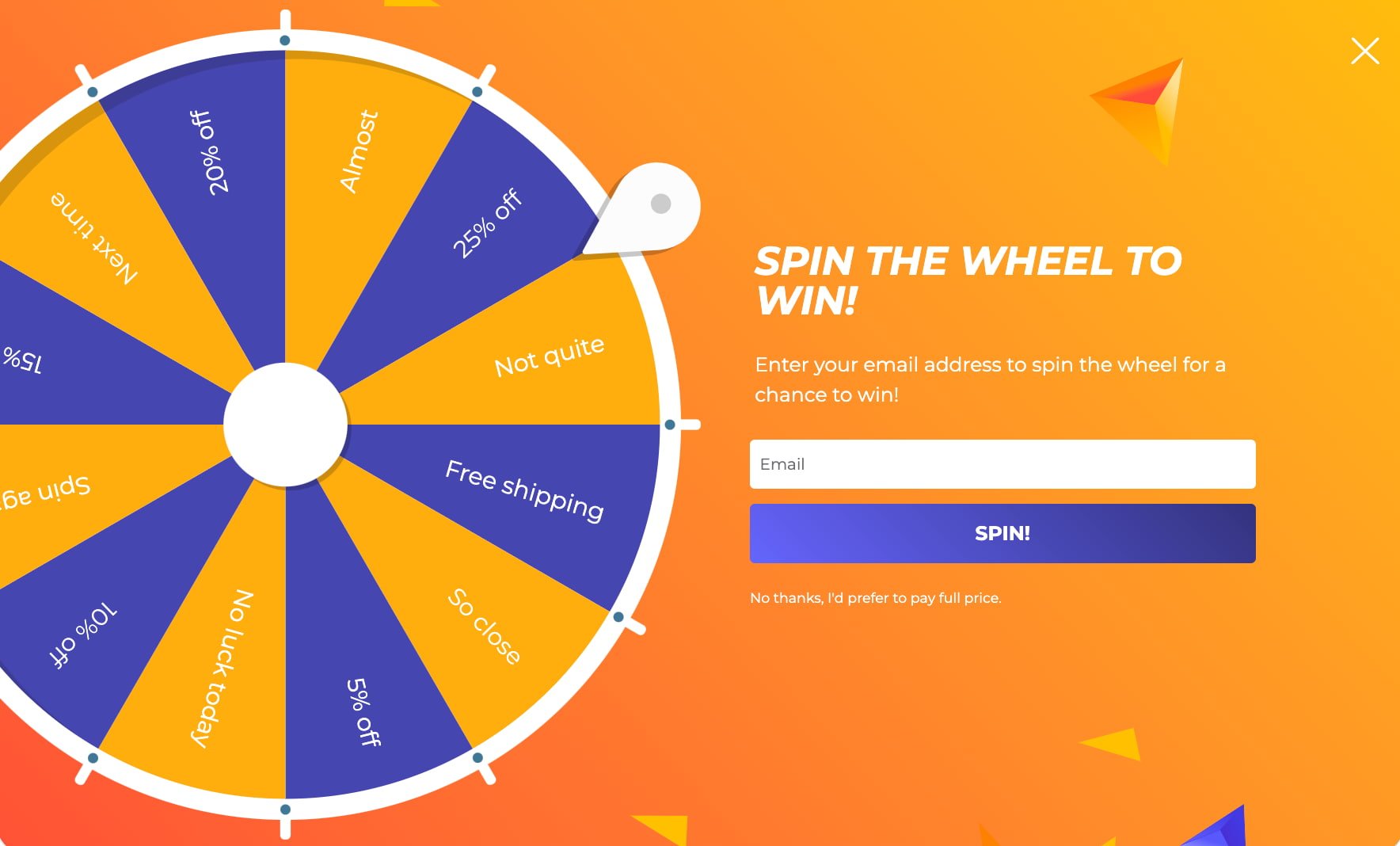
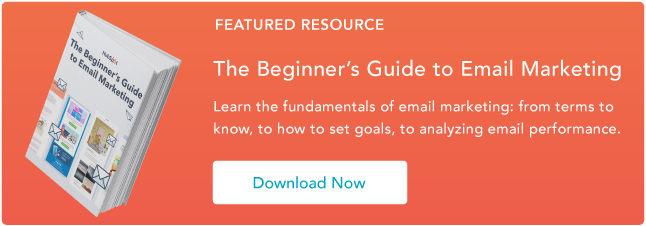

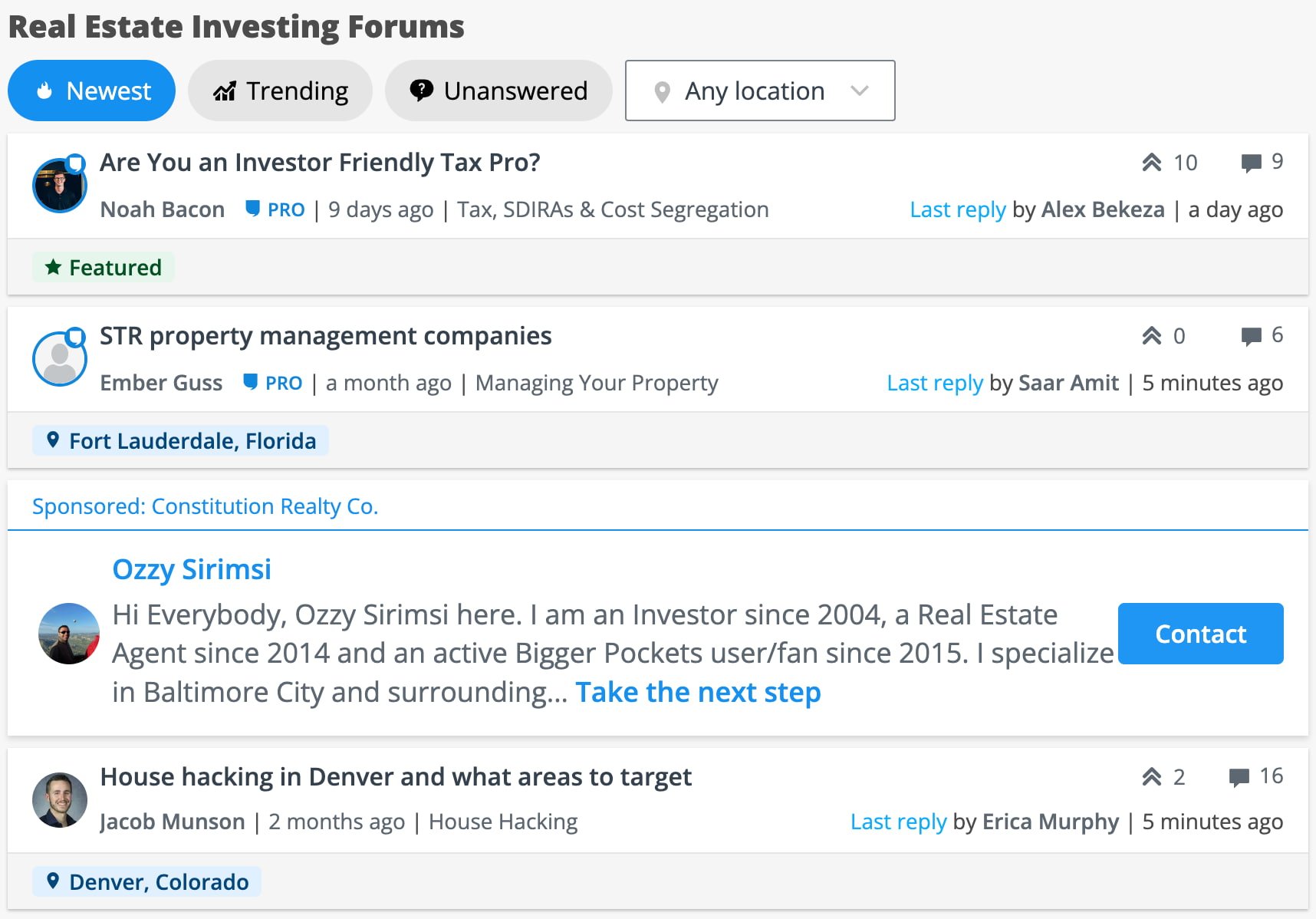
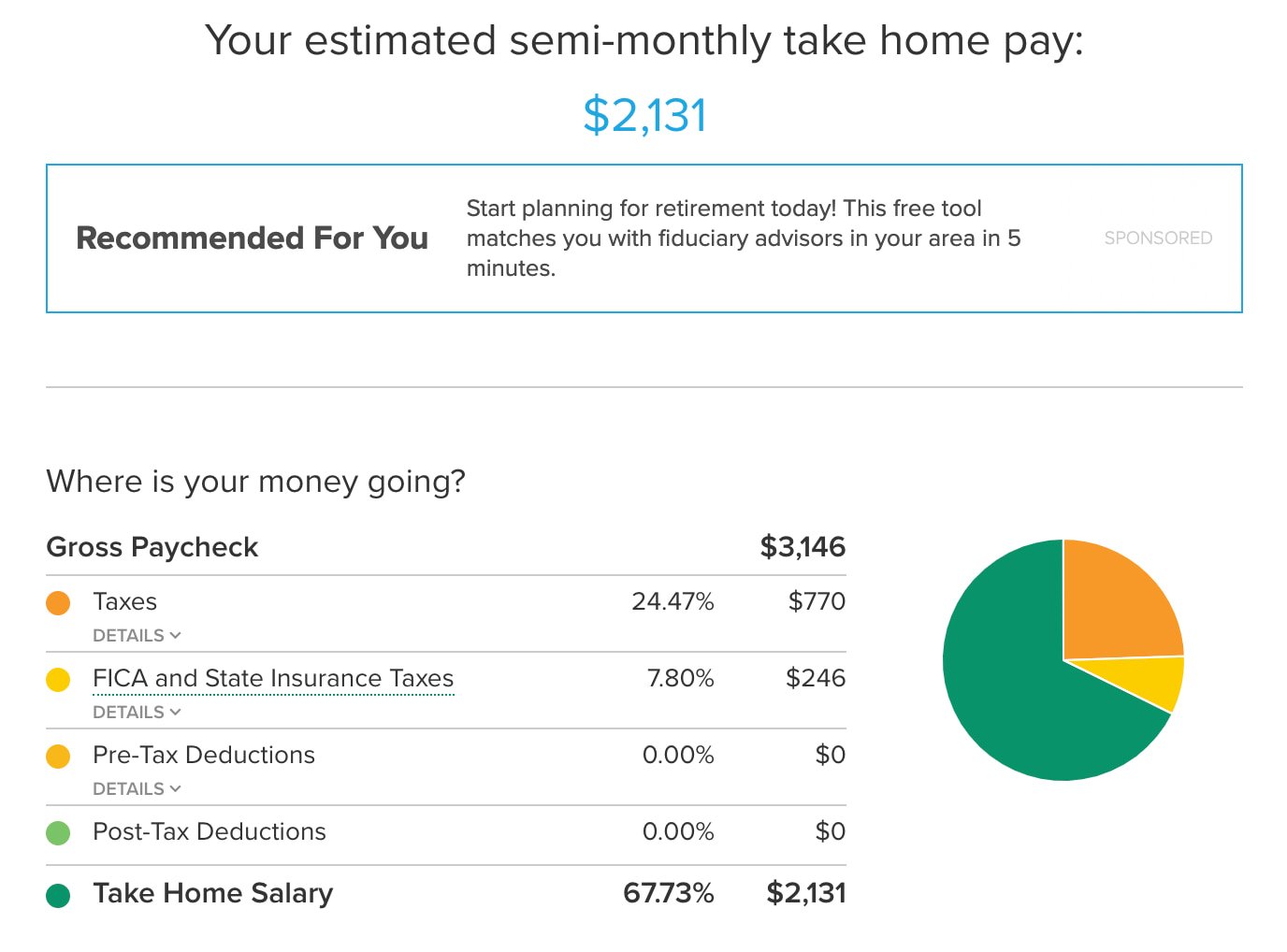
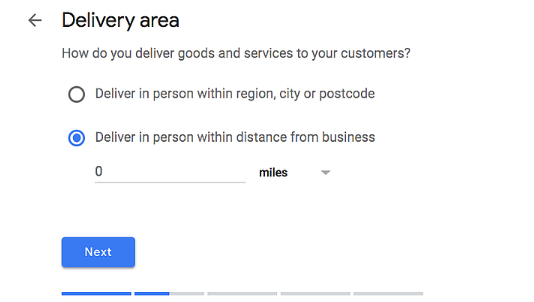
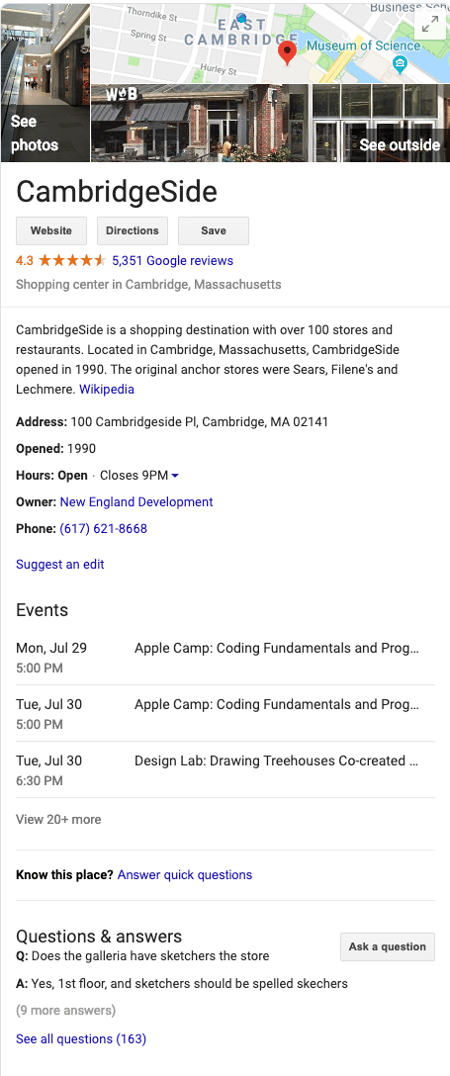

![→ Access Now: Video Marketing Starter Pack [Free Kit]](https://i4lead.com/wp-content/uploads/2023/07/8f27c677-d952-4663-8787-bf65c6a1ecf2.png)




